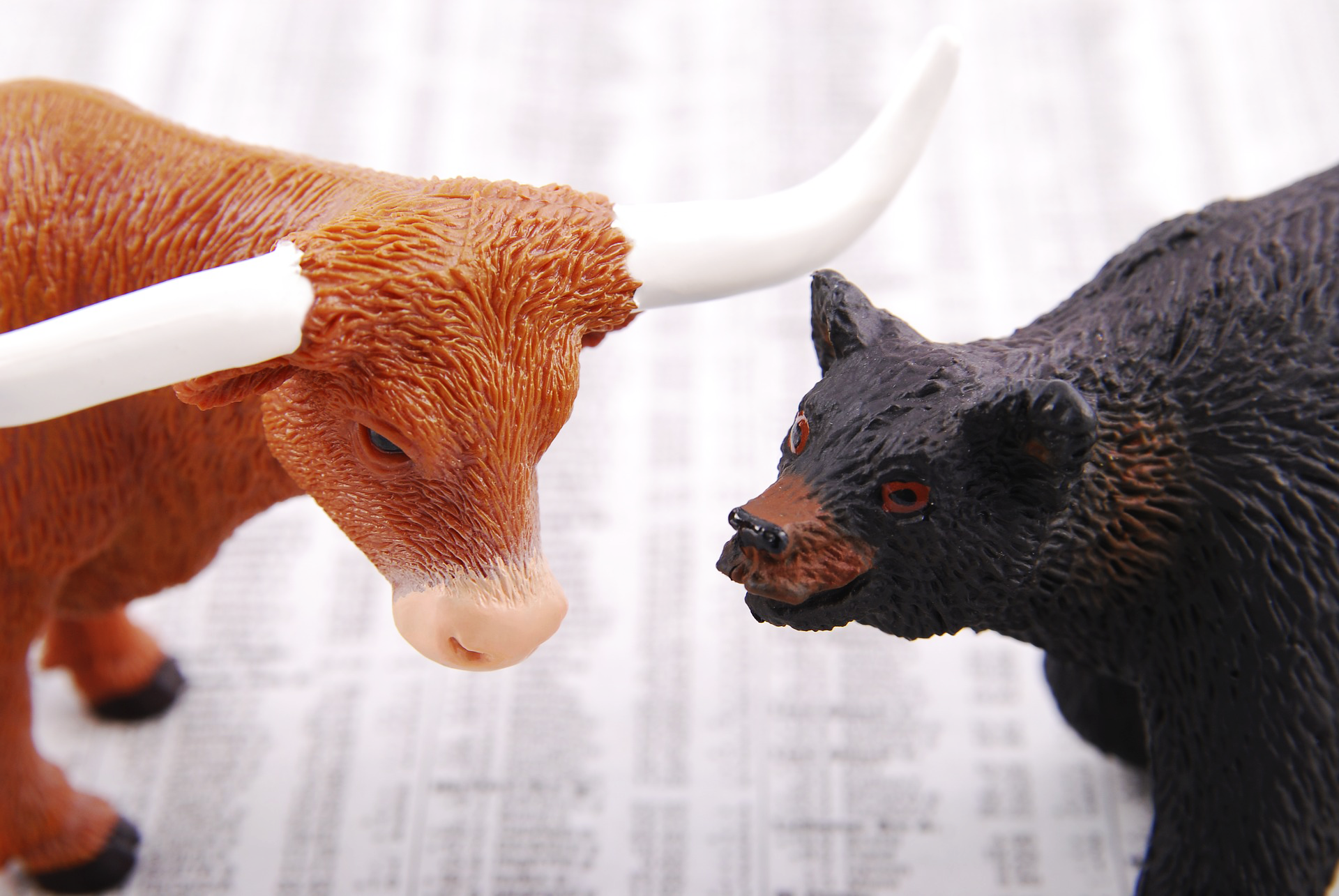I was watching CNBC obliquely, interested more in having background sound in the room than in capturing any investing news, when my granddaughter asked, “Why are they talking about cartoons on that program?”
“Cartoons?” I asked.
“They said ‘Aristocats,’ you know, the cartoon about the fancy cats!”
A mis-heard word and off we were on an explanation that the TV commentator had said, perhaps a bit sound-muffled, ‘Aristocrats,’ not ‘Aristocats.’
Not that she was ready to become a student of the sometimes-arcane ways of investing, but I thought,’ “What the heck, it won’t hurt for her to pick up a little money related knowledge, a tad amount so to speak, from time to time.”
So, we talked (well, maybe I should say ‘I talked’ while she sat patiently with a slightly glazed look humoring me as I droned on. The gist was this: A select group of sixty-five companies are considered Aristocrats because of several important factors, the most critical of which is a record of at least 25 years of consecutively raising their dividends. (As we have stated so often, any asset that annually increases the owner’s income will appreciate over time. That’s axiomatic.) Another qualifying metric is that they are included in the Standard & Poor’s 500. A third is that they are listed on a recognized exchange.
The combination of those requirements results in a list of well-known names. A few examples are Kimberly Clark, AT&T, Coca-Cola, Emerson Electric, Clorox, Johnson & Johnson, and Chevron.
The fact that these companies have such strong dividend histories and exemplary financials does not automatically make them attractive for purchase at current price levels; however, the list is a good hunting ground for potential investments should other, often equally important, measurements meet the needs of a particular portfolio (risk, cash flow, tax considerations, et. al.).
As we go into the Time of Thanksgiving let us remember those for whom we are thankful, with whom we have shared, and those less fortunate.
Life is good.





